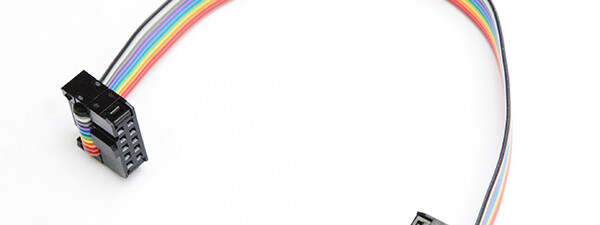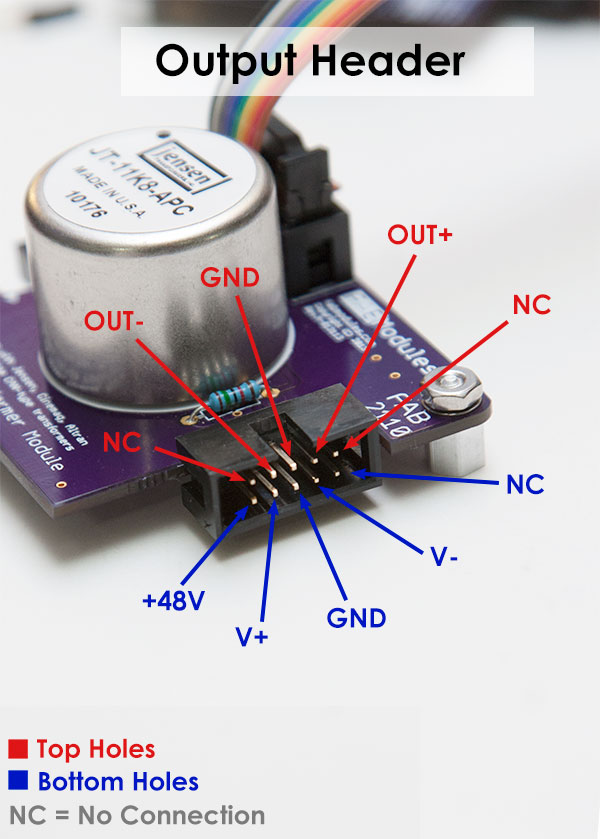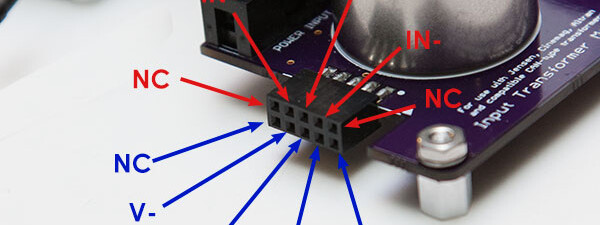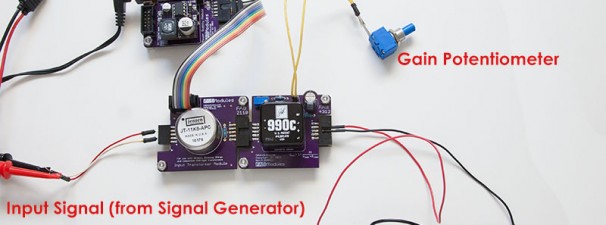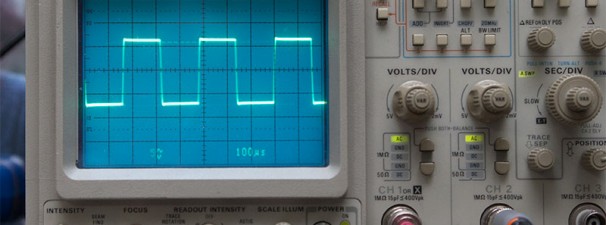We now sell a 6″ long Female-to-Female Ribbon Cable for use with FABModules. Click here to BUY a ready-made cable.
This 10-pin ribbon cable is required to connect the Power Supply FAB1215 to your FAB Module setup. If you’re using a FAB-to-Cable crossover adapter (FAB9001), you’ll also need this cable.
Step 1: Cut your cable 7.5″ long. Position cable as shown below, then crimp the connector. You can use an adjustable jaw pliers. I suggest wrapping the plastic connectors with cloth/rag to protect it before using the pliers.

